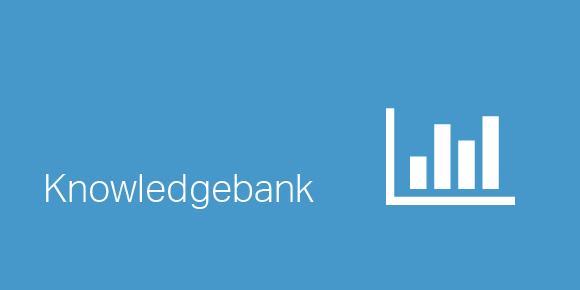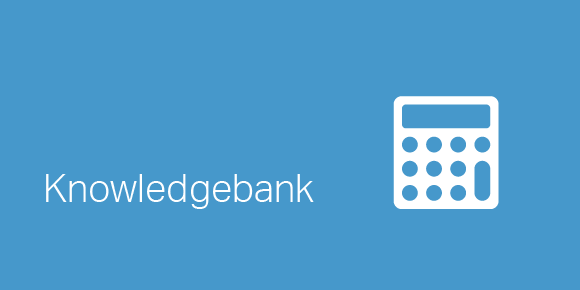
Often at AMT we get asked to explain Greenshoe options associated with IPOs; this technical update covers the fundamental mechanics of such arrangements.
In June Coty raised $1bn through an initial public offering(IPO) as the beauty products group became the second largest consumer products company to float its shares on the US market during the past decade. As part of this issuance the underwriters of the IPO were allowed to short sell shares in Coty as a result of a Greenshoe or “overallotment” option.
What is a Greenshoe Option?
A greenshoe option allows the group of investment banks that underwrite an initial public offering (IPO) to buy and offer for sale 15% more shares at the same offering price than the issuing company originally planned to sell. The clause is activated if demand for shares is more enthusiastic than anticipated and the stock is trading in the secondary market above the offering price. If demand is weak, and the stock price falls below the offering price, the syndicate doesn’t exercise its option for more shares. This contract provision, which may be acted on for up to 30 days after the IPO, gets its name from the Green Shoe Company, which was the first to agree to sell extra shares when it went public in 1960.
(Source: Dictionary of Financial Terms)
Greenshoe example
Let’s assume that a company issues 100m shares through an IPO. The underwriter of the IPO is allowed to sell an additional allocation of the offering size; the amount offered will depend upon the local jurisdiction.The over allocation of shares is used as a mechanism to support the share price of a company in the immediate period following the IPO. If we assume that the over allocation is set at 15% of the offering, this would amount to 15m extra shares. The underwriter does not have these shares to sell, so it effectively shorts the shares (sells shares it does not have). It owes these shares to the investors,and it must deliver these shares to the investors. The underwriter will need to obtain the shares from somewhere in order to close its short position. The company may get IPO proceeds from those additional 15m shares if the underwriter sources the shares from the issuer.
What happens if the share price falls?
If the share price falls in the immediate period following the IPO, the underwriter will buy the 15m shares to support the share price and effectively closes out its short position. The underwriter will make profit as will have sold the additional shares at the IPO price and will buy them back at the lower price. For example, if the issue price was 10 the underwriter receives (10*15) when it sells the additional 15 shares. The underwriter must close the 15 short position so it buys back the 15 at the lower price (let’s say 8). So it buys them back at 120 (8*15). Underwriter sells them at 150 and buys them back from the market at 120 to close short position and makes a 30 profit.
What happens if the share price rises?
This is a problem as the underwriter needs to close the short position.The underwriter sold the shares at 10 and would have to buy them back at the higher price to deliver these shares to the investor (if it were to buy the shares on the market). The underwriter would clearly make a loss in this situation. This is where the Greenshoe option kicks in – this allows the underwriter to buy the shares at an issue price (in this example 10) from the issuer. The issuer receives additional proceeds; the underwriter will have sold shares at 10, buying the shares at 10. The underwriter would not gain or lose.
Please do not hesitate to contact us, if you are having trouble viewing or accessing this article.
Copyright© 2016 AMT Training


